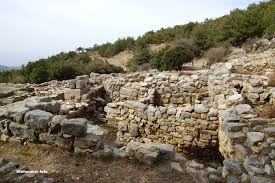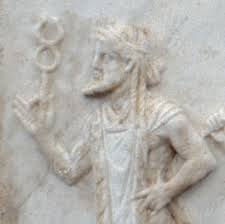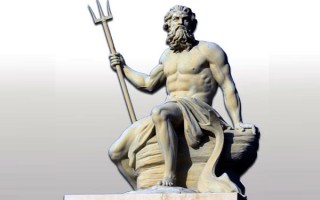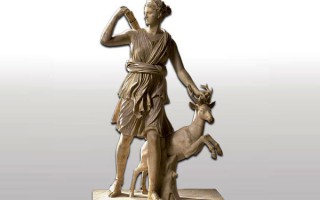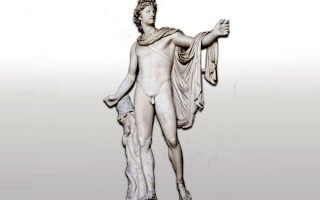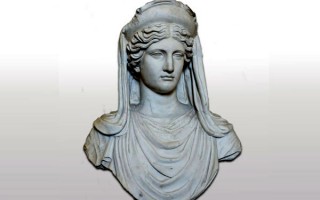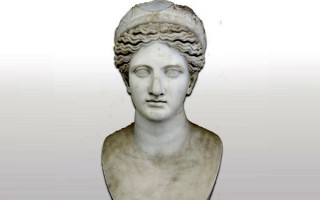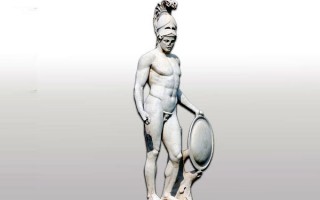Hermes was born in a cave, on Kyllene Mountain (the so-called Zereia today) in the region of Corinthia. His parents were Zeus and the beautiful Pleiad Maia, daughter of Atlas. Being skillful and charismatic, from birth, baby Hermes invented the first lyre and managed to steal the oxen of Apollo.
Hermes became the most talented and multi-task god: messenger of the gods, an intercessor between mortals and the divine, patron of commerce, both of legal merchandise, the random find the so-called “hermaion” and the theft item, protector of sacrificial rites, guardian angel of the crossroads and boundaries, protector of the doors of the houses and the propylaea of the sanctuaries, patron of athletics and sports and, eventually, literature, poetry and oratory, since these were taught in the gymnasia. Hermes was primarily the “psychopombos”, the conductor of souls into the afterlife.
Hermes was the most cunning and philanthropist god, beloved and amusing: the perfect expression of the virtues and defects of the ancient Greek. The rapidness, the suppleness, the alterability and the illusive paths of mind are expressed through Hermes, in an archetypal way. His chthonian (of the earth) characteristics, as a conductor of souls, were of major significance. He does not only escort the souls, but participates in the jury of the underworld, practicing duties of a chthonian deity. Actually, he was the only one of the gods, who was moving freely between the worlds, the Olympian world, the mortals and Hades.
He is depicted with his golden, winged sandals and his winged hat (“petasos”), symbol of airy speed and holding his magical golden winged staff, the “kerykeion”. The British Academic Ronald Willetts says: “…Hermes is the most congenial, unsteady, confused, complex and therefore, the most Greek of all the Olympian gods”.
His divine hypostasis derives from the roadside heaps of stone-signs of roads or tombs. Ancient farmers would add an extra stone on top of such a heap, if they came across with one, believing that a “daemon” (divinity) was dwelling in it. They called the heaps of stone “herma” and the top-stone “hermes”. Through the years, these heaps of stone were transformed into the well-known hermaic stelae which functioned as road signs and boundary markers. The fallus on them is an archetypal fertility element of the divinity.
There are not many temples built for Hermes, since he was everywhere, in almost all human performances. They felt his presence in all sanctuaries at the sacrifices, in the agoras when conducting business, in the gymnasia where they studied or exercised, in their prayers at home or in the sanctuaries, in their dreams when the word of god’s mouth reached them and in their travels –the hundreds of hermaic stelae found everywhere indicate this.
DodekaTravel.gr © 2017 | 2022


